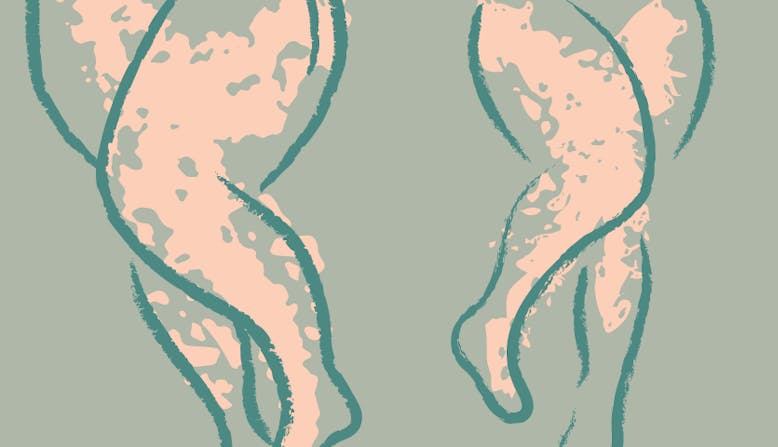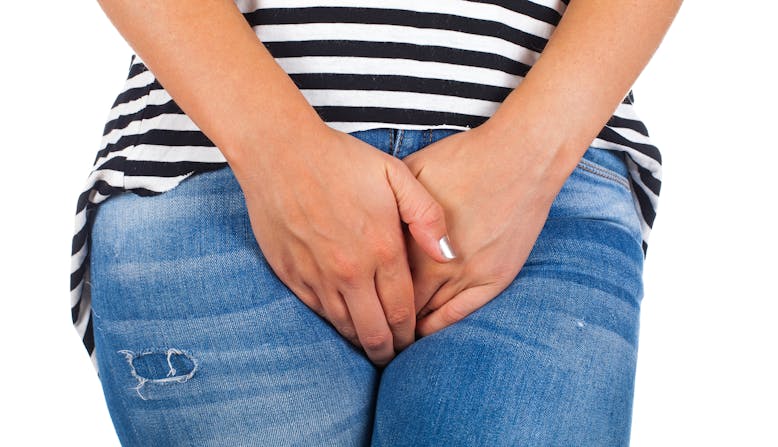Overview
Psoriasis is a chronic disease that is caused by an overactive immune system and is associated with inflammation throughout the body. Symptoms may resolve and recur throughout a person's life.
While genital psoriasis may not be talked about often, it is both common and manageable. 33% to 63% of patients living with psoriasis experience genital psoriasis. [1] People of all ages—newborns to older adults—can have genital psoriasis.
Genital psoriasis can affect various regions of the genital area:
- Crease between the thigh and genital area
- Vulva, penis, or scrotum
- Crease between the buttocks (including the skin around the anus)
- Pubis (skin above the genitals)
- Inner and upper thigh
Rarely does psoriasis affect only the genitals. [2] Talk with your health care provider if you have psoriasis and notice symptoms in your genital area. Typically, genital psoriasis does not affect the skin inside the vagina. If you have any symptoms in your vagina, talk with your health care provider. There may be other reasons for the symptoms.
Psoriasis on the genitals is considered a high-impact site, which can have an increased negative impact on quality of life, regardless of the total area affected by psoriasis.
Types of Psoriasis
There are five types of psoriasis: plaque, inverse, guttate, pustular, and erythrodermic. It is possible to have more than one type of psoriasis at one time and more than one type in a lifetime. Treatments may vary depending on the type and location of the psoriasis.
Symptoms
Inverse psoriasis and plaque psoriasis are two common types of psoriasis that you may experience in the genital area.
Inverse psoriasis usually occurs in body folds such as the underarms, under breasts, and in the genital area. Symptoms include red or discolored skin that is smooth (not scaly) and may look tight. On skin of color, inverse psoriasis can look purple, brown, or darker than the surrounding skin. You may experience discomfort, pain, severe itching, and splitting of the skin. Inverse psoriasis may be worsened by sweat and rubbing in the body fold areas.
Plaque psoriasis often occurs on the scalp, knees, elbows, and torso, but can also appear on the genitals. For Caucasian skin, plaques can look red, with silvery, white buildup of dead skin cells. For skin of color, the discoloration may be darker and may look purple, gray, or dark brown. Some people experience discomfort, pain, itching, and cracking of the skin.


